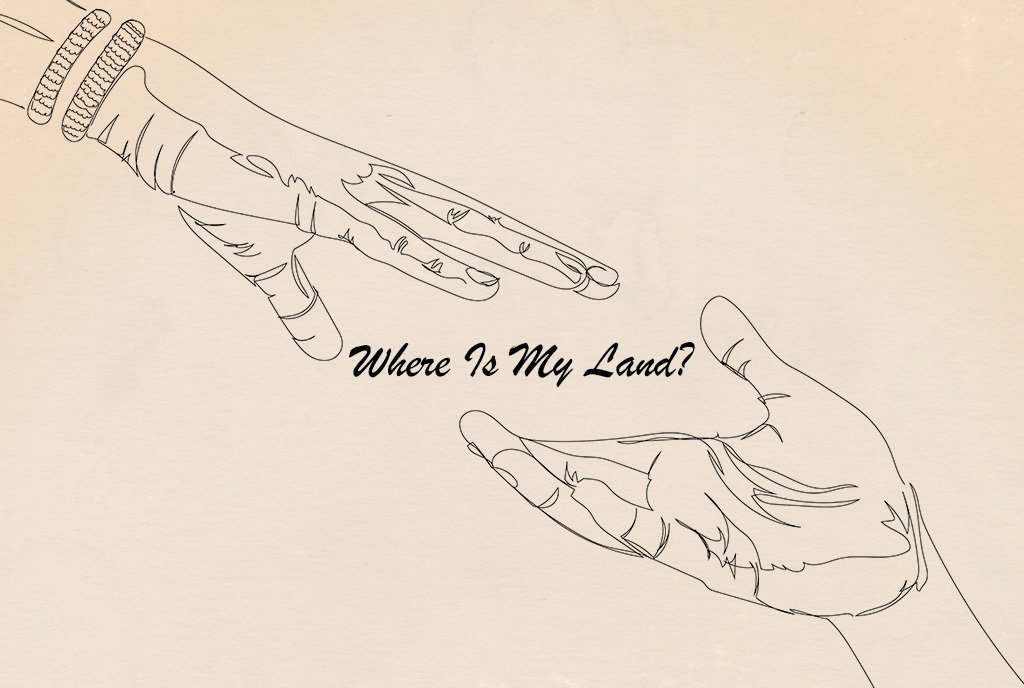
April 7, 2020; MarketWatch
Even though the shutdown began only about a month ago, many glaring US social weaknesses have already been revealed. Each morning brings new stories of the critical role many nonprofits are playing in trying to address the impact of COVID-19.
NPQ has recognized how nonprofits under extremely trying circumstances are quickly adapting their service systems to fit the reality of social isolation and physical distancing and have stretched to meet the increased need they face. We have followed the actions of the nonprofit community to ensure that our importance is recognized as governments have rolled out large financial programs to stem the economic impact of the pandemic. We have seen important efforts by philanthropic leaders to step forward to meet this moment.
Attorneys Michael J. Nathanson and Bradley P. Boyer, writing for MarketWatch, looked at the severe disruption this virus is causing and the long-term changes it will bring—changes the nonprofit sector must get its arms around quickly. They foresee deep scars and a struggle to return to pre-COVID strength.
As NPQ has noted in our recent series on the Great Recession, by and large the nonprofit sector came out of the recession stronger than it had entered it. But recovery from COVID-19’s impact may not be so easy. The global economic system has been shaken to its core.
“Millions of people have lost their jobs,” write Boyer and Nathanson, “and many companies will not see the other side of this crisis.”
Sign up for our free newsletters
Subscribe to NPQ's newsletters to have our top stories delivered directly to your inbox.
By signing up, you agree to our privacy policy and terms of use, and to receive messages from NPQ and our partners.
As NPQ noted, “Already it is clear to many in nonprofits and philanthropy that it is different this time. This time, we have experienced just in the last two weeks mass layoffs among nonprofits, including museums and theaters, the arts, childcare and gyms, and more. All nonprofit programming that requires close personal contact is at risk. This, to put it mildly, did not happen in the Great Recession, when nonprofit employment actually acted as an economic stabilizer—with job numbers in nonprofits increasing even as private for-profit employment fell.”
Our country’s leadership role, which has bolstered our economic strength, is being weakened as the epidemic hits. From Nathanson and Boyer’s perspective, these dislocations may also limit the philanthropic rebound: “People may respond with a defensive urge to cut back on their philanthropy. Businesses, too, are likely to cut back on giving. How does a business choose between supporting an important cause and laying off its workers?”
While the total amount of American philanthropy has grown year upon year and reached well beyond the levels seen before the last recession, we know this growth was fueled by wealthy donors—giving by smaller donors had already been in decline. The virus may exacerbate the vast levels of wealth disparity in the US. The impact on nonprofit organizations of having to rely more heavily on a smaller number of funding sources, often with their own agendas and limited commitment to history or tradition, cannot be ignored.
For Nathanson and Boyer, these worries about a harsh tomorrow are calls to action, requiring givers and volunteers to step forward and increase their support of the sector. “This crisis need not—must not—lead to the loss of our humanity…the coronavirus crisis can bring out the best in us and inspires us to help the world by helping others.”
The process of creating the post-COVID-19 world has already begun. The federal government gets much of the attention, but as Cyndi Suarez recently noted in NPQ, more broadly, “the collapse of social and normative structures” forces us to “radically alter who and how we are.” This creates potential policy openings for nonprofits and social movement activists, but it is up to us to seize those possibilities. After all, a social safety net will not be built by itself, nor will structural racism or economic inequality disappear on their own.
Our sector has a stake in how these questions are answered. We need to use our power to make sure they are answered in ways that meet not only our organizational needs, but those of the communities we aim to represent.—Martin Levine












